Aviation in Plain English.

THUNDERSTORM AVOIDANCE, PENETRATION AND SURVIVAL
MILLIONS OF WORDS HAVE BEEN WRITTEN ABOUT THUNDERSTORMS. HERE’S EVERYTHING YOU REALLY NEED TO KNOW.
RELEVANT DISCUSSION:
AIM 4-3-7, 7-1-10, 7-1-22 through 7-1-30, P/C Glossary, FAA-H-8083-25, AC-00-6, AC 00-24, AC 00-45, AC 00-63, FAA-H-8083-6t
THUNDERSTORM AVOIDANCE WITHOUT ONBOARD RADAR:
1. Maintain VFR conditions on top as long as possible to observe and avoid buildups. If getting on top is impossible or becomes impossible to maintain, the best option is to descend as low as possible to what may be VFR conditions below the clouds.
2. Maintain VFR conditions below the bases to observe obstacles and avoid the rain shafts. Never fly directly below a cell.
3. Daytime: Don’t go where the sky is dark. Talk to ATC and get pireps.
4. Night: Don’t go where the lightning is. Talk to ATC and get pireps.
NTSB SAFETY ALERT:
In-Cockpit Mosaic Imagery
The actual age of Nexrad data can differ significantly from the age indicated on the display.
The NTSB cautions pilots to be aware that in-cockpit next- generation Nexrad information can be as much as 15 to 20 minutes older than indicated on the display. Relying on such information for separation can be hazardous when aircraft are transiting fast-moving weather systems.
In-cockpit Nexrad displays depict where the weather was, not where it is. The age indicator does not show the age of the actual weather conditions but rather the age of the mosaic image.
This story is from the June 2017 edition of Flying.
Start your 7-day Magzter GOLD free trial to access thousands of curated premium stories, and 8,500+ magazines and newspapers.
Already a subscriber ? Sign In
This story is from the June 2017 edition of Flying.
Start your 7-day Magzter GOLD free trial to access thousands of curated premium stories, and 8,500+ magazines and newspapers.
Already a subscriber? Sign In
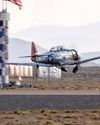
The Temple of Speed
Reno entices even this altitude-oriented pilot.

Flat Sixes
Fanatical artisans
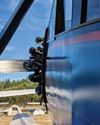
Blue over Green, Tent in Between
I’m old , I’m cranky. Why do I keep air-camping?

Gulfstream Reveals G400, G800
The product lineup gains large-cabin and ultralong-range mounts.
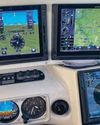
Every Airplane Requires a Checkout
Embrace the challenge of mastering a new machine.

Fuhggedaboutit
Fifty-plus years of f lying forgetfulness
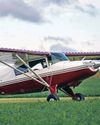
THE MAULE FAMILY APPROACHABLE AIRCRAFT
Choose your mount —the Maules do it all.

Sisters
“ Women certainly have the courage and tenacity required for long flights.” —Mildred Doran
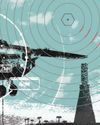
INSIDE OUT OR OUTSIDE IN?
What kind of pilot should you be?

WE FLY: CESSNA CITATION CJ4 GEN2
THE FLAGSHIP CJ JUST GOT A WHOLE LOT BETTER.